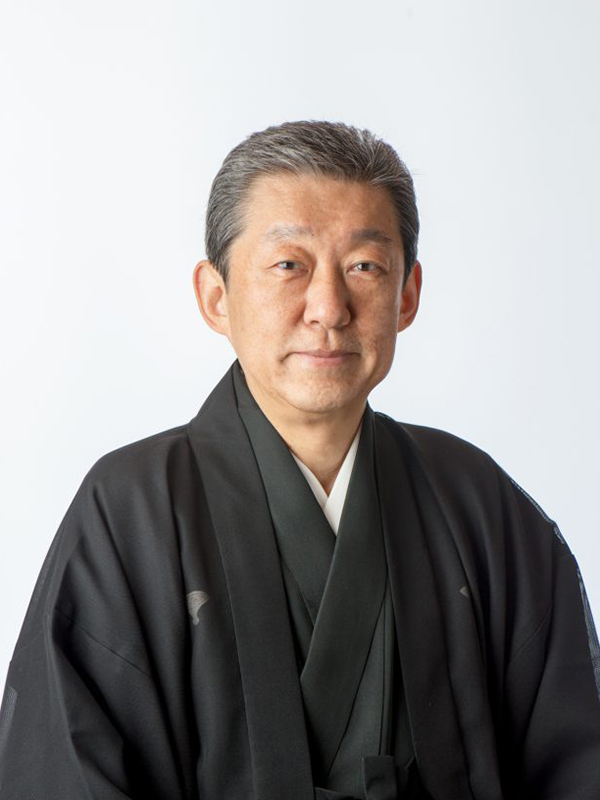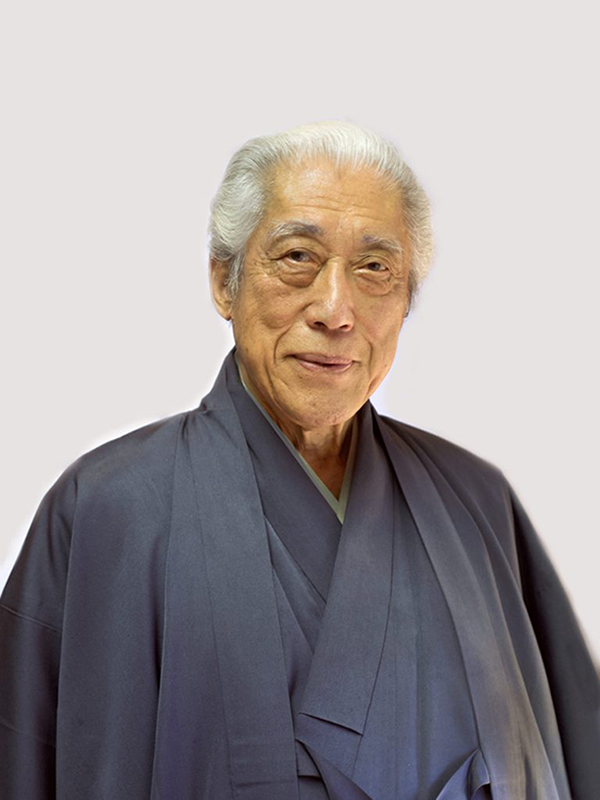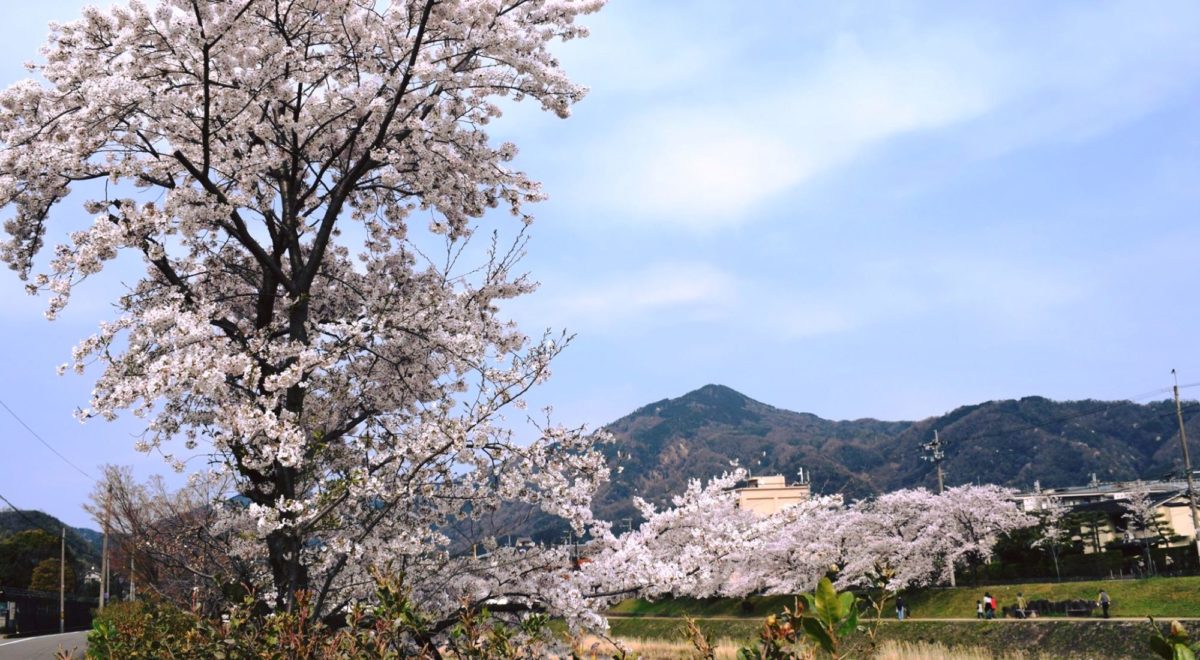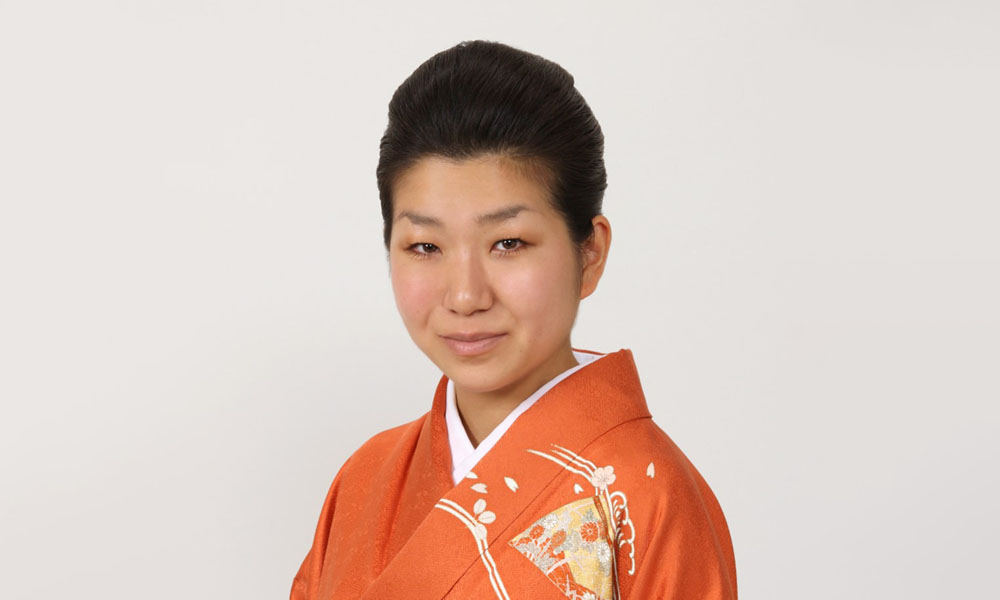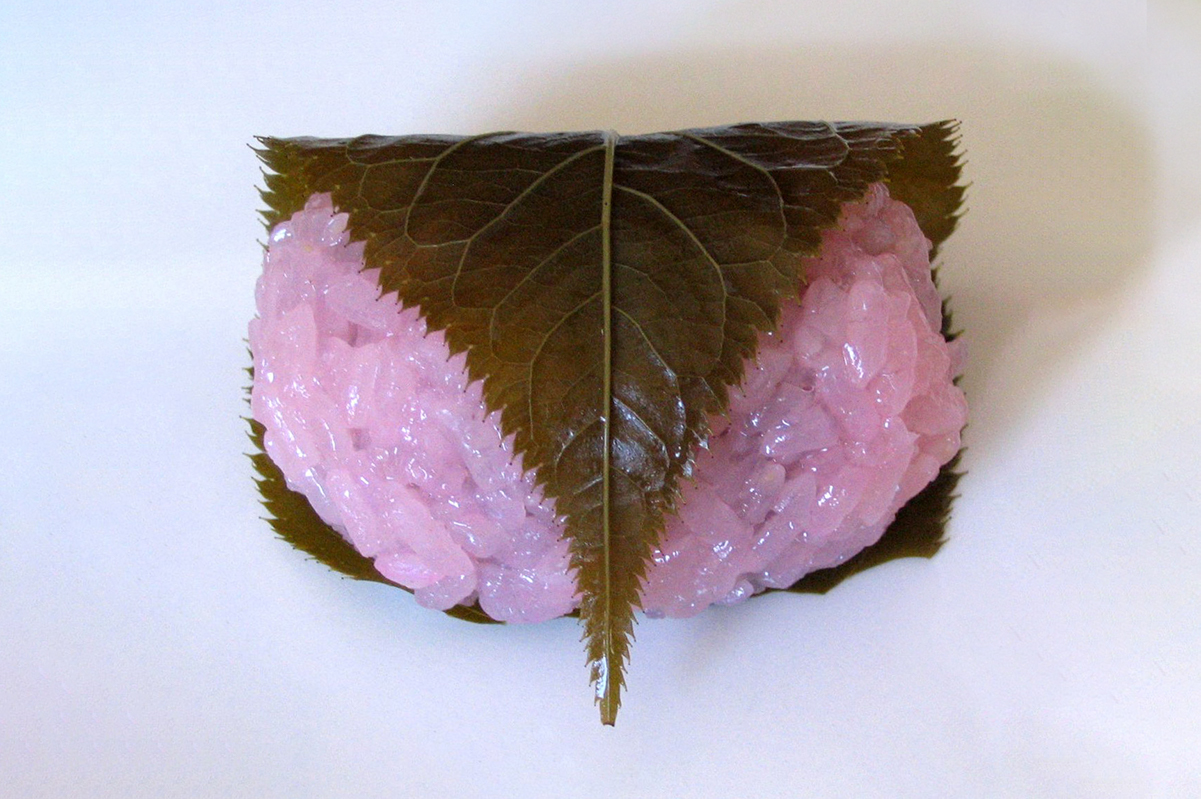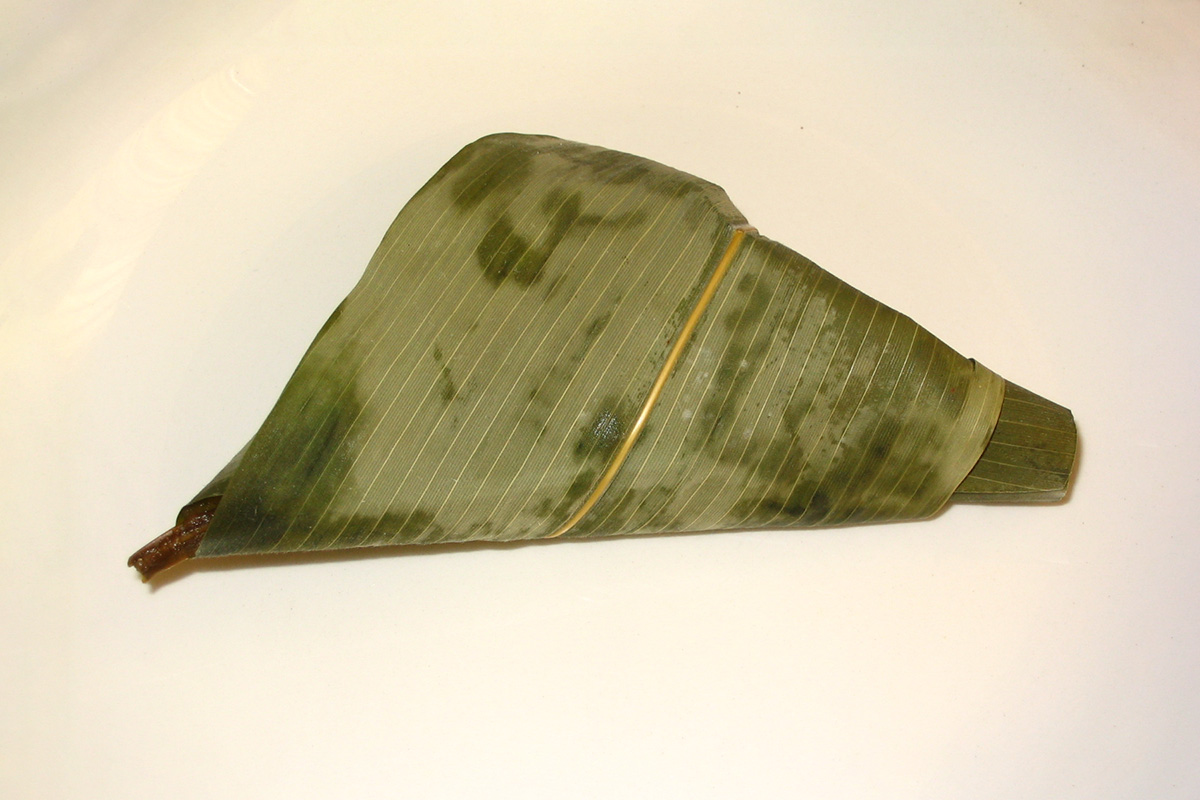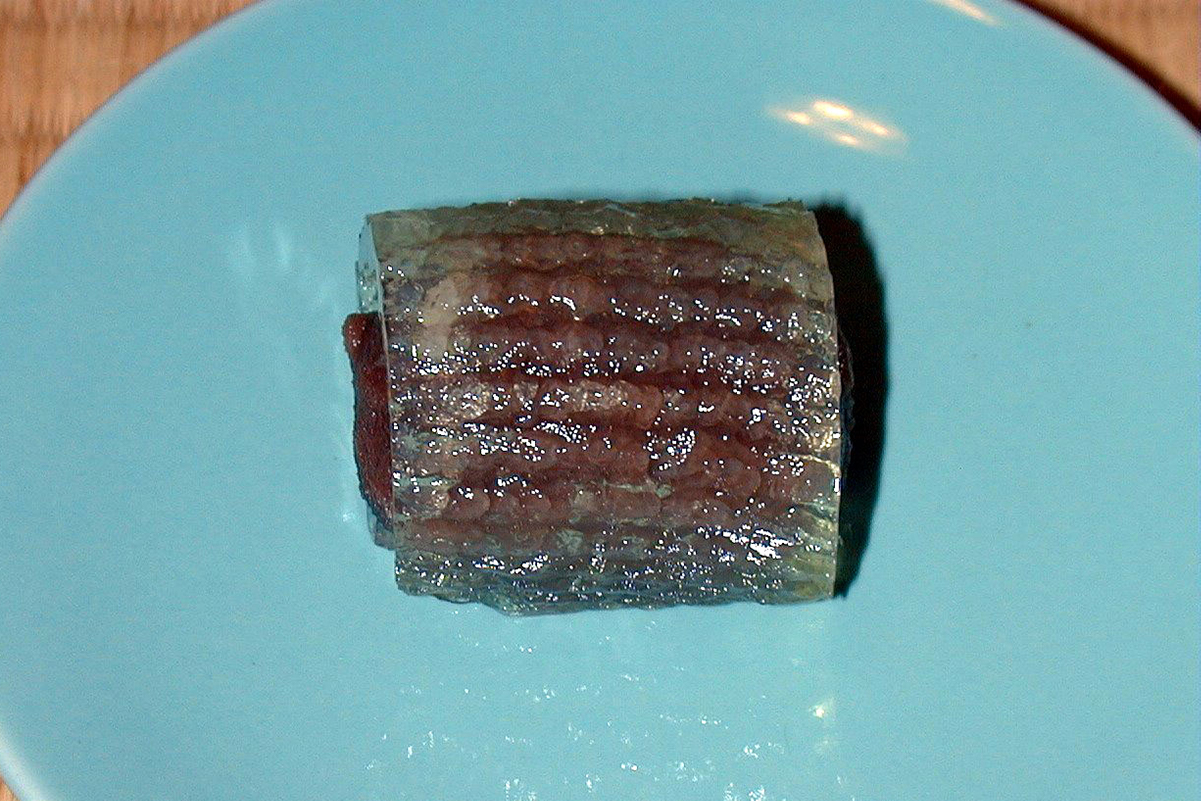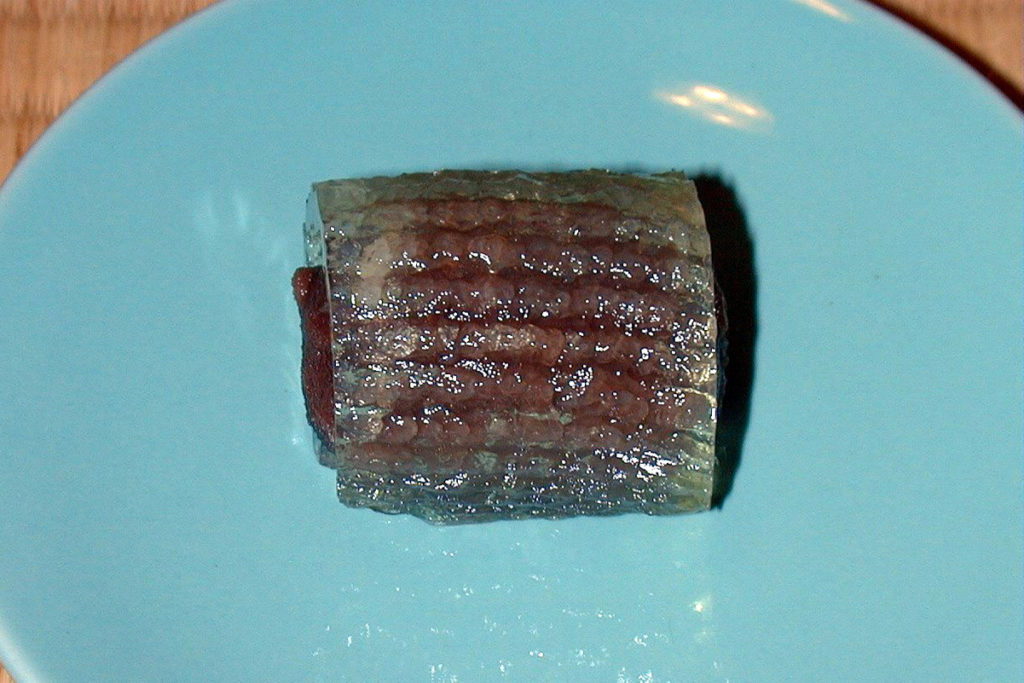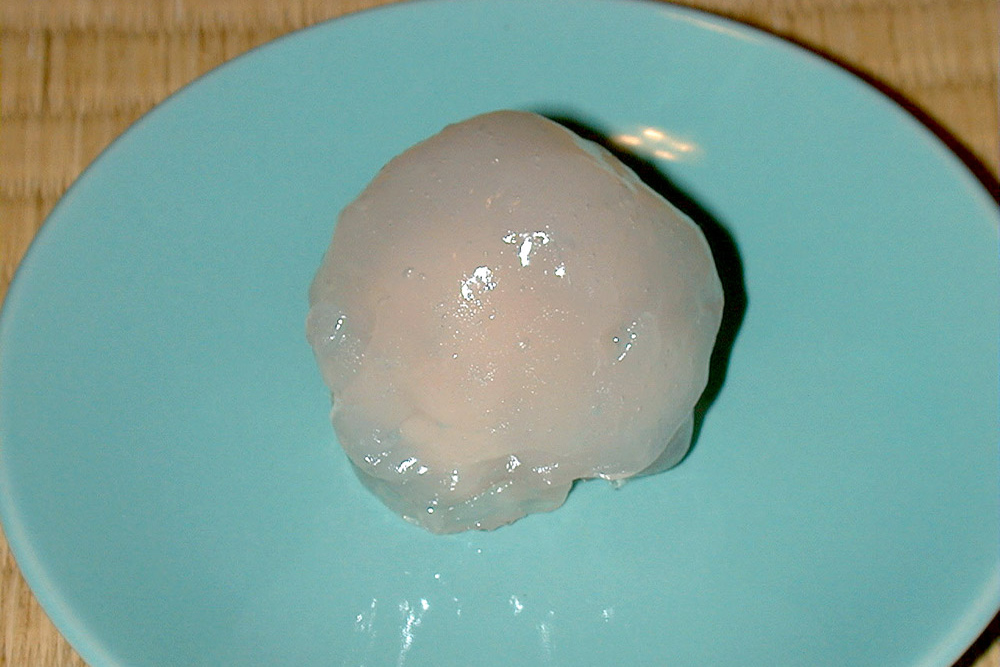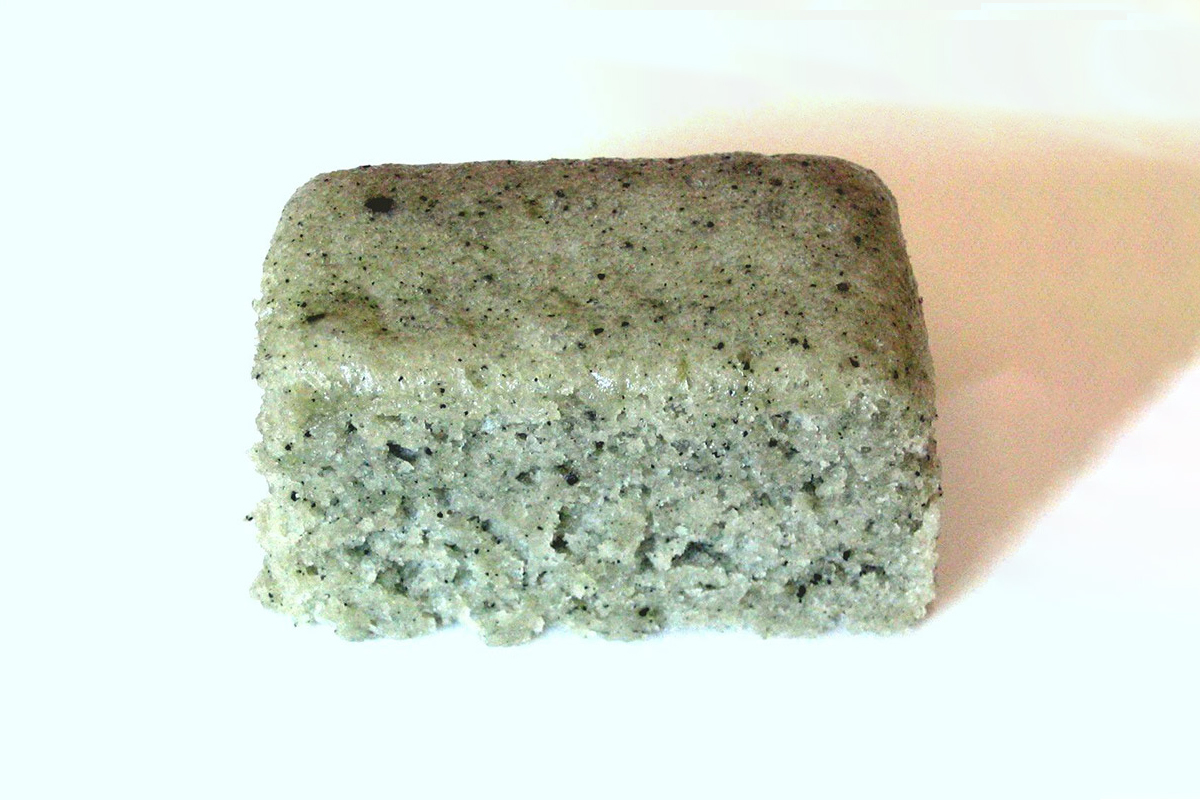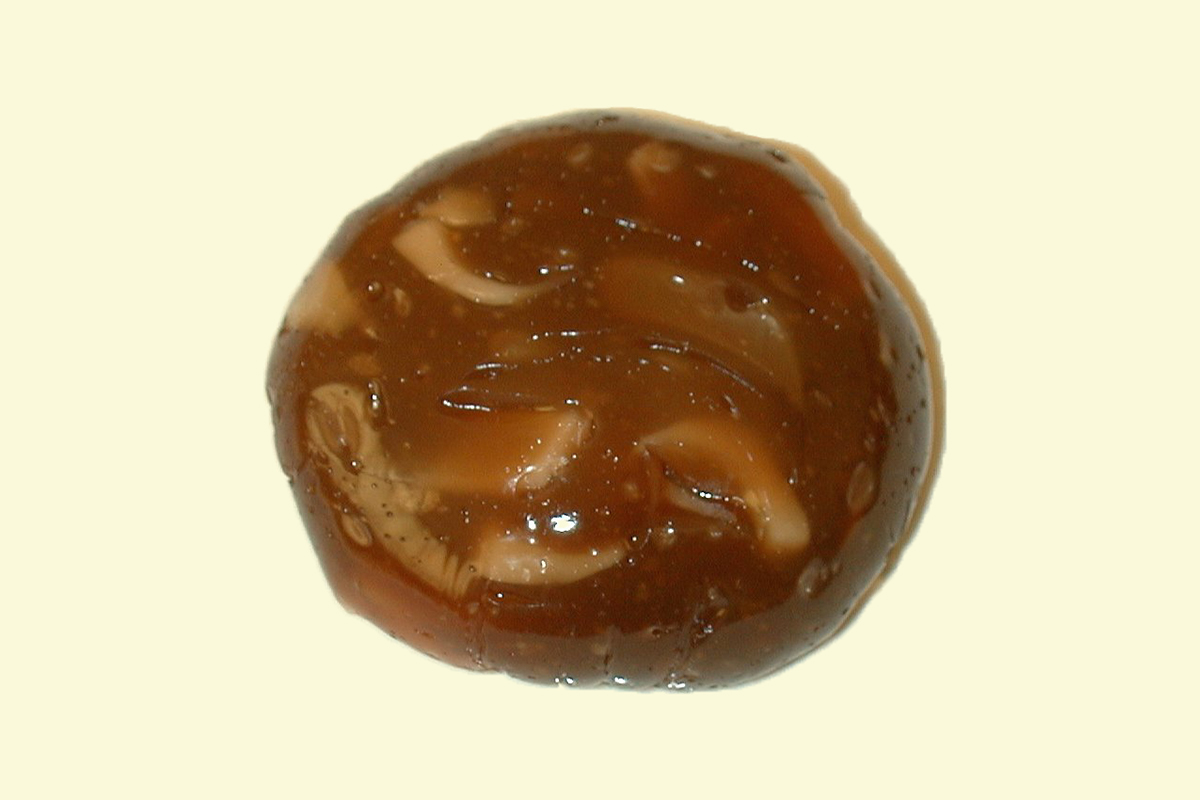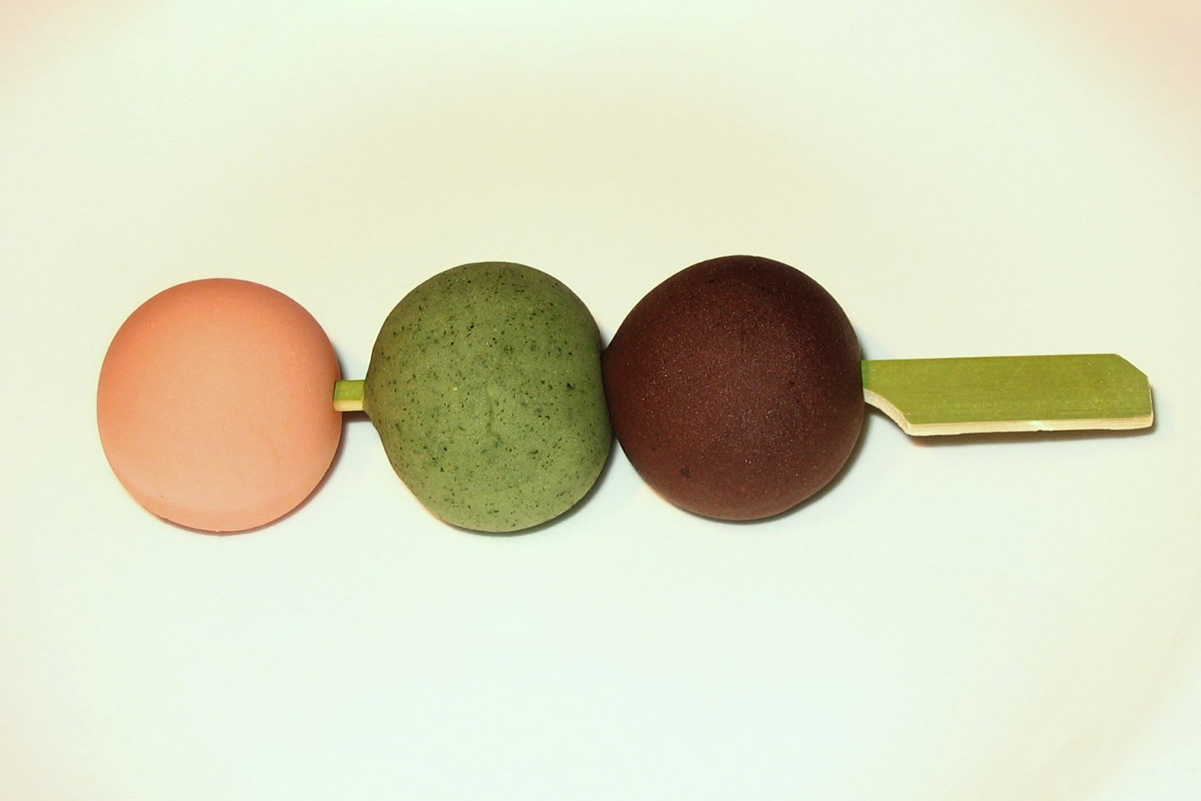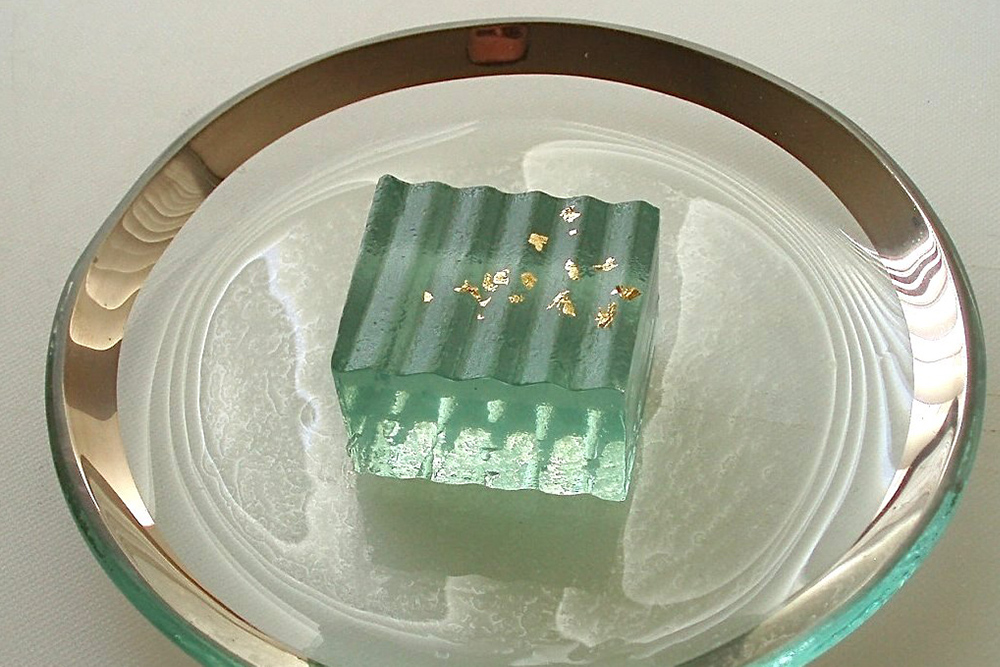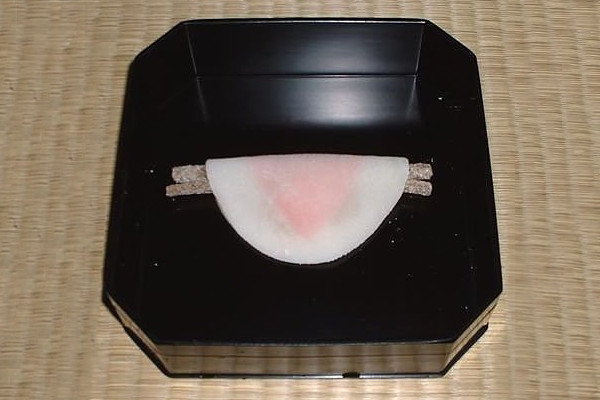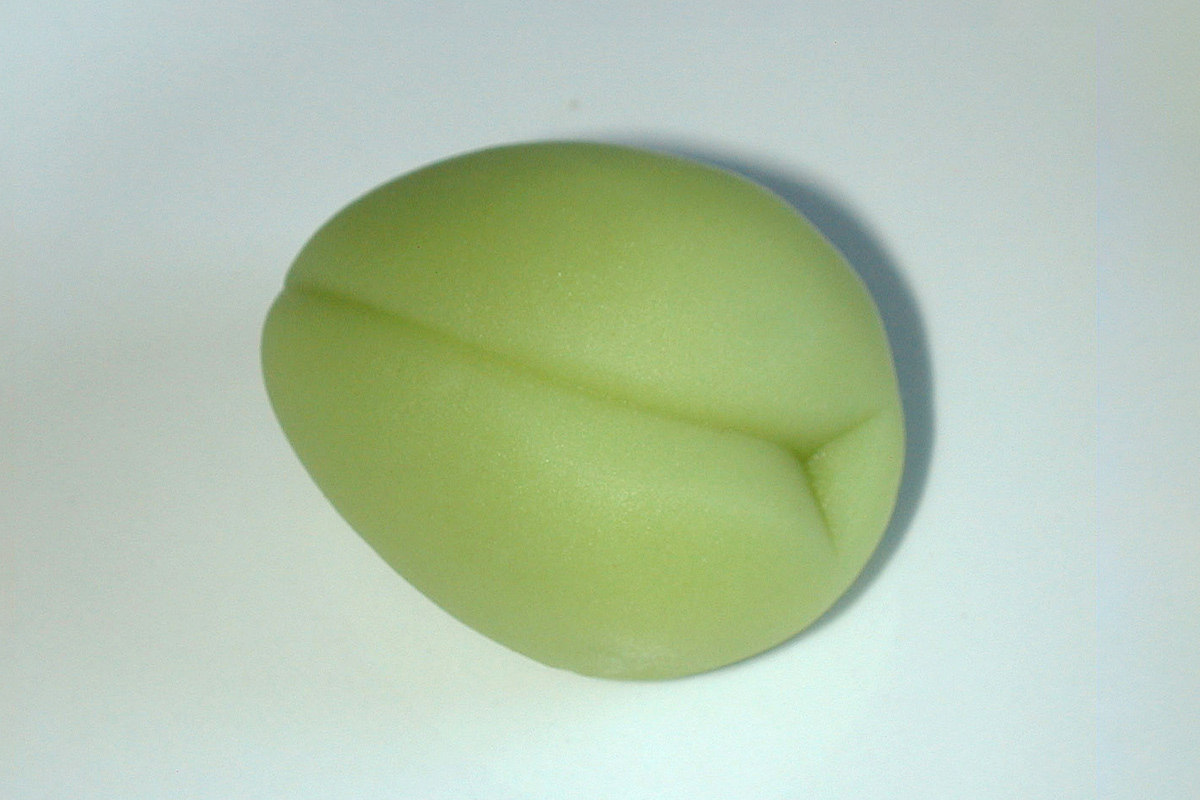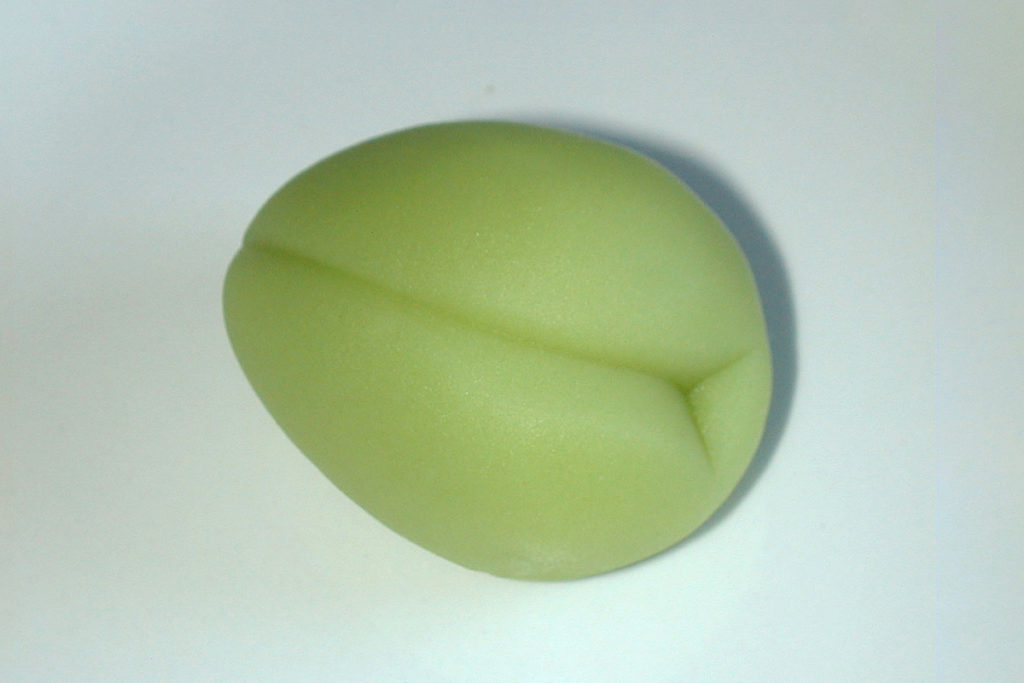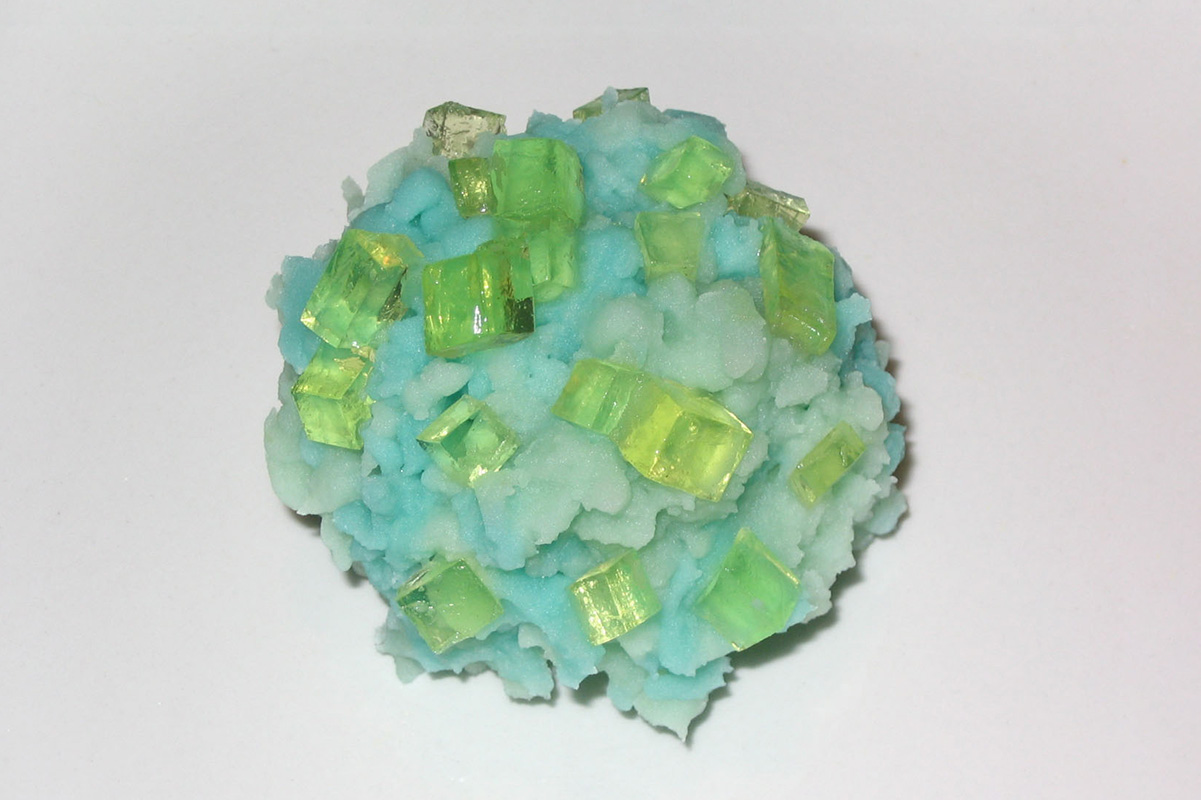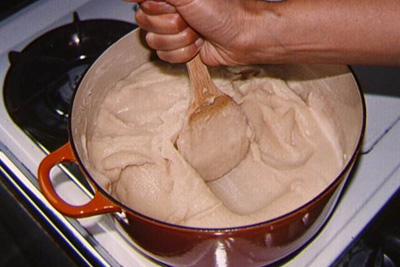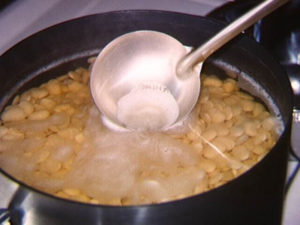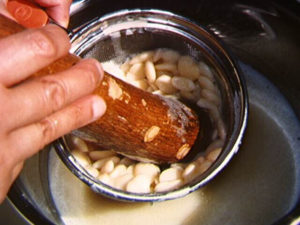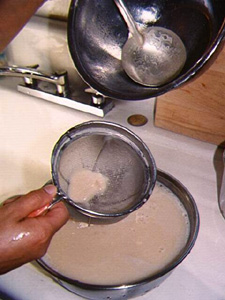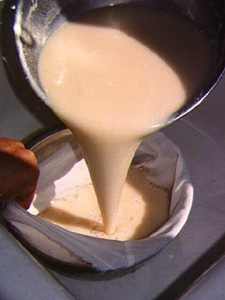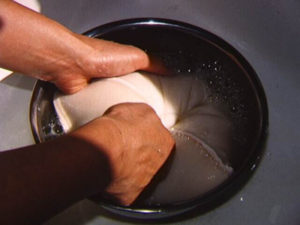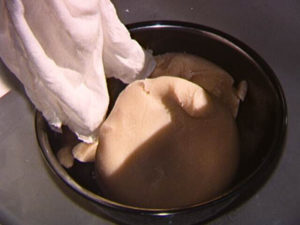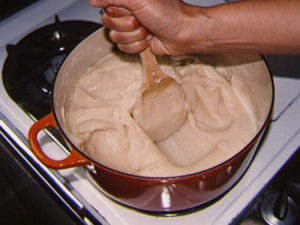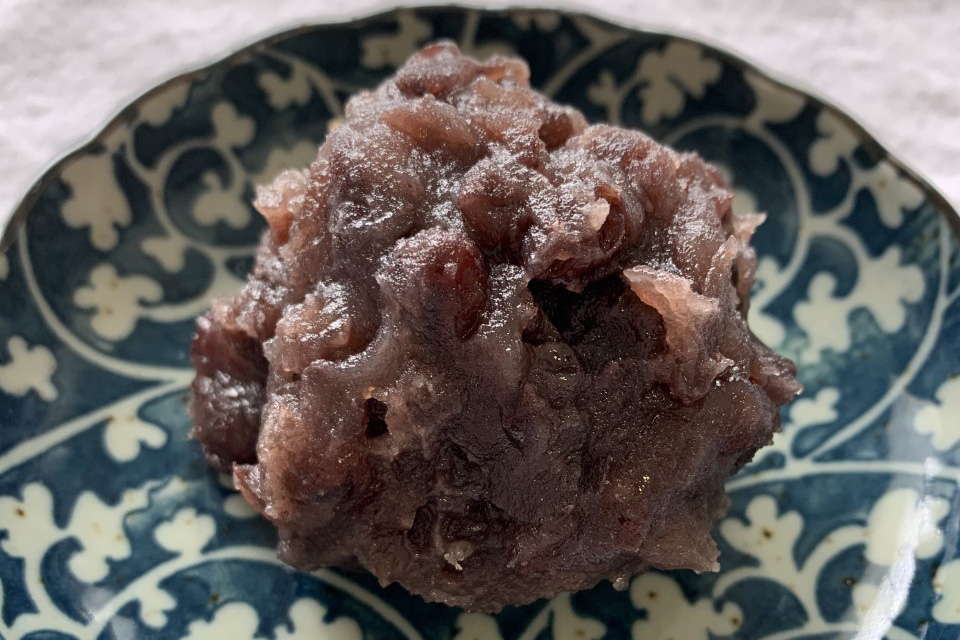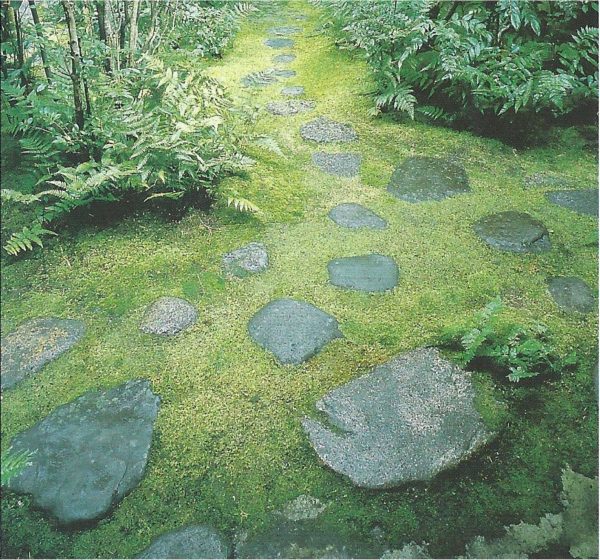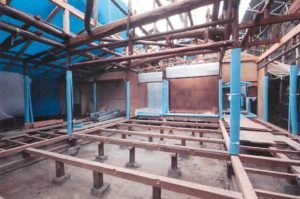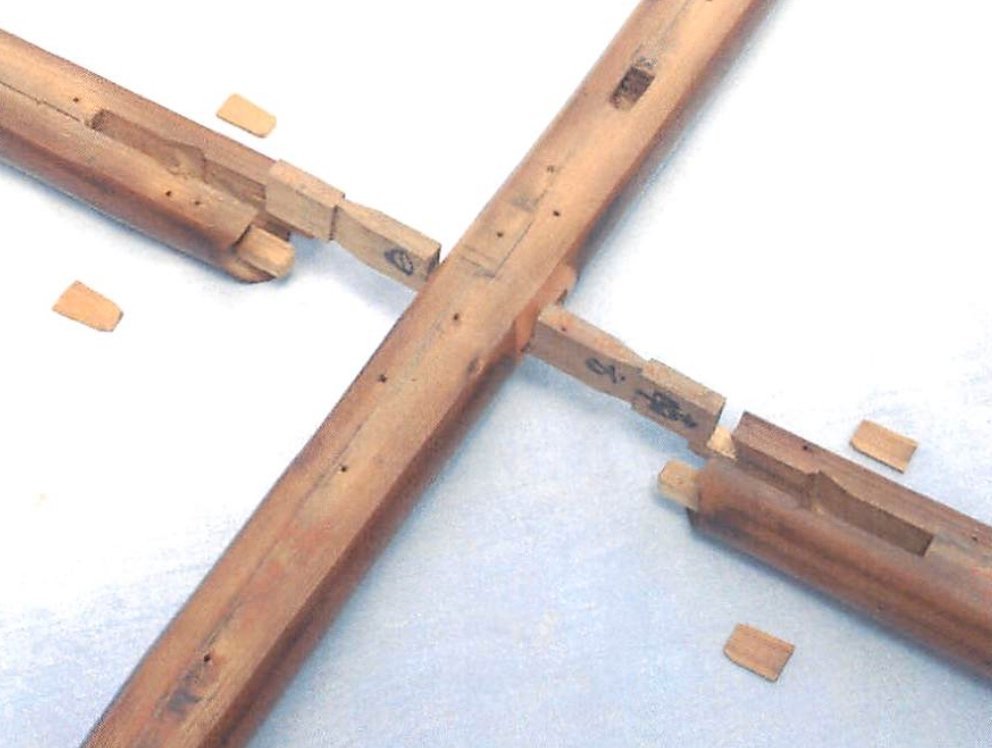May 4, 2020 — On May 3, 2020, the OneWorld Chakai relay, held in celebration of the Midorikai’s 50th anniversary, took place via Zoom. Starting in New Zealand & Australia at JST 10:00 A.M, it gradually made its way westerly over the next 22 hours, from East Asia to Russia, Egypt, Europe, South & North America, and lastly Hawaii ― the starting place of the overseas diffusion of Urasenke Chado ― as its final destination. During this time, 80 Midorikai alums took charge of hosting a venue, approximately 170 people participated as virtual guests, and an amazing 20,000 or so Urasenke chado followers and others from around the world tuned in to the Zoom session to take part as observers. More than a few apparently stayed up and tuned in nearly the whole time, eager not to miss out on any of this historic UMAA event as it unfolded in real time.
This awesome undertaking, making use of technology still unfamiliar to many of us at that point in time, would not have come about if it were not for the dramatic change in the world situation due to the coronavirus. The concept for the originally planned Midorikai 50th Anniversary UMAA project, the brainchild of Bruce Hamana, was for alums to prepare tea for guests on or around Japan’s national Midori Day holiday, May 4, and send in their photos and reports of it. As the arrangements were coming into shape and the spring of 2020 rolled around, however, it suddenly became taboo to get together for any in-person chakai, and so the project was on the verge of cancellation. UMAA alums proved, however, that where there is a will there is a way. Suggestions were received, “Why not have it online?” In fact, “Why not have it in the form of a livestream Zoom relay chakai that travels around the world?” suggested Michelle Liu Carriger. This was an exciting proposal, but considering the technical know-how it would involve, as well as the obvious complexity of the logistics, it seemed irrational. Thanks to a ‘dream team’ of younger generation alum volunteers who could be enlisted, however, May 3 arrived in a matter of about three weeks from then, and within that astoundingly short time, the OneWorld Chakai relay was ready to go live.
For many of the hosts as well as virtual guests, it was their first time using Zoom and experiencing the interactions possible through such recent technology. The participants were able to renew old friendships over the screens on their computers or mobile phone devices, and make new chado acquaintances. By sharing a bowl of tea through this big relay chakai event that linked the world together, the bonds between the alums were deepened. Amid the coronavirus situation wherein people’s feelings of isolation were mounting, the OneWorld Chakai offered a welcome moment of joyful respite and sharing.
The work that the core team and zone coordinators accomplished was no less than stupendous. UMAA thanks everyone who made the OneWorld Chakai such a resounding success!
OneWorld Chakai Executive Team
Website Coordinator: Carmen Johnson
Registration Manager: Wendy Lin
Technical Coordinator: Michelle Liu Carriger
Technical Assistance: Heather Nuanes
Zones Chairperson: Sarah Stewart
Zone Coordinators:
* Zone 1: Wendy Lin
* Zone 2: Bruce Hamana
* Zone 3: Eileen Sung
* Zone 4: Olga Nikulina
* Zone 5: Aaron Bryson/Ula Mach Bryson
* Zone 6: Sarah Stewart
* Zones 7 & 8: Katie Bechtold
* Zone 9: Rhonda Rolf
* Zone 10: Jessica Rosenberg
* Zone 11: Karl Fooks
Relay Schedule
Zone 1: Starting time
* New Zealand
* Australia
Zone 2: 1 hour into the relay
* Japan
* Korea
Zone 3: 5 hours into the relay
* China
* Singapore
* Indonesia
* India
Zone 4: 6 hours into the relay
* Russia
* Ukraine
Zone 5: 8 hours into the relay
* Egypt
* Bulgaria
* Romania
* Poland
* Finland
* Norway
* Sweden
Zone 6: 11 hours into the relay
* Slovenia
* Hungary
* Czech Republic
* Switzerland
* Germany
* Belgium
* France
* England
* Spain
Zone 7: 13 hours into the relay
* Argentina
* Brazil
Zone 8: 15 hours into the relay
* Canada, eastern region
* U.S., eastern region
Zone 9: 16 hours into the relay
* Mexico
* U.S., central region
Zone 10: 18 hours into the relay
* U.S., mountain states region
* U.S., west coast
* Canada, western region
Zone 11: 21 hours into the relay
* Hawaii
The raw, unedited video of the OneWorld Chakai relay is available for viewing here:
